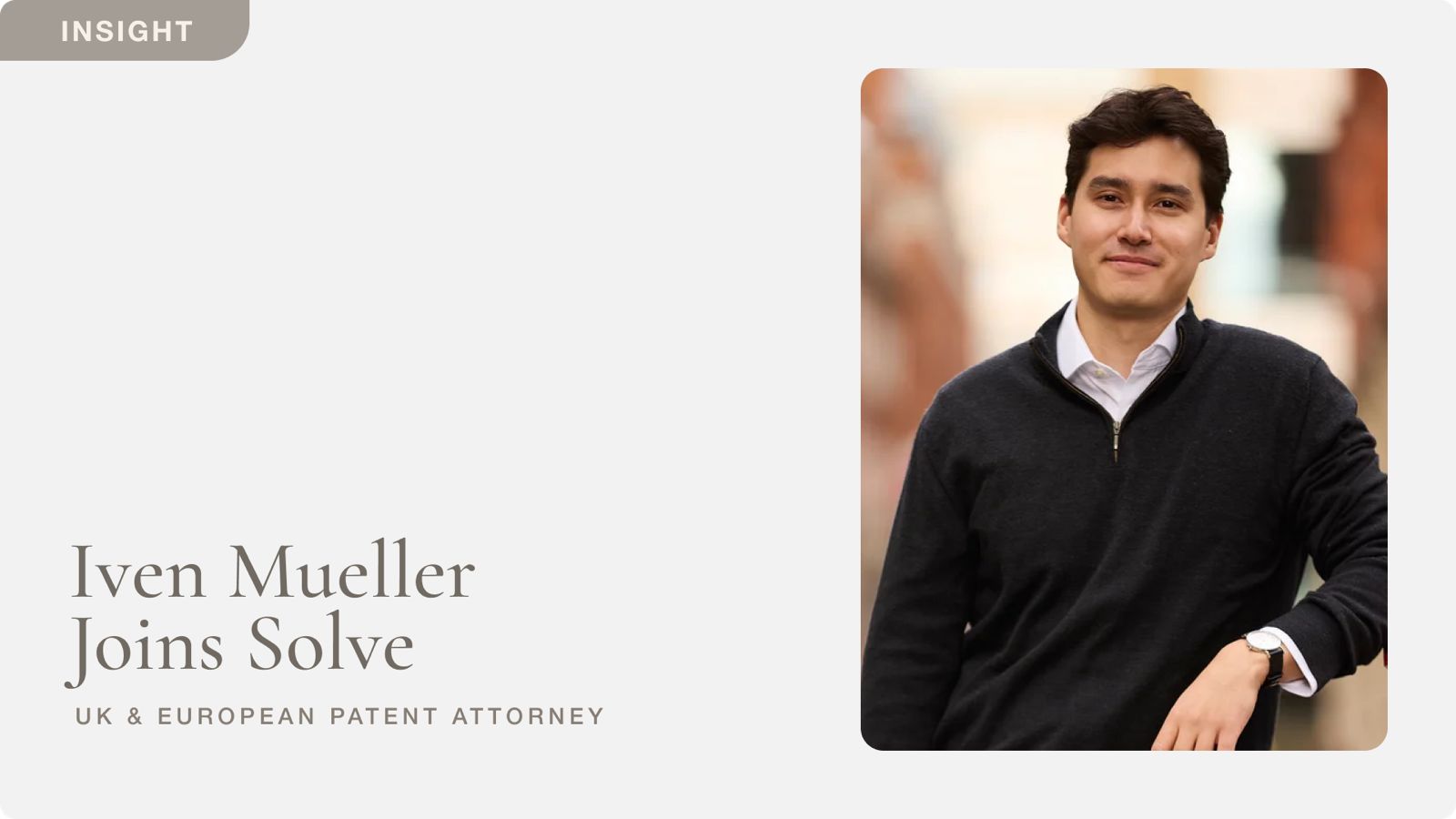AI Patent Translations
Patent protection across multiple jurisdictions has become increasingly important for businesses and inventors. However, the complexity and cost of patent translations have long been a significant barrier to international patent protection. The emergence of artificial intelligence (AI) technologies is changing this landscape, offering new possibilities for faster, more accurate, and more cost-effective patent translations.

Using AI for Translations
Patent documents present unique challenges for translation. They combine technical terminology, legal language, and precise descriptions that must maintain their meaning across languages. Traditional translation methods often struggle with this complexity, requiring extensive human review and correction. AI-powered translation systems, however, are specifically designed to handle these challenges.
Modern AI translation systems utilize deep learning algorithms trained on vast databases of patent documents. These systems learn not just the language patterns but also the specific technical and legal terminology common in patent documents. By analyzing millions of previously translated patents, AI systems can recognize context-specific meanings and maintain consistency across complex technical descriptions.
The key advantages of AI translation systems include:
- Context-aware translation that understands technical terminology
- Consistent handling of repeated terms and phrases
- Ability to learn from corrections and improvements
- Rapid processing of large documents
- Integration with existing patent management systems
These capabilities make AI translations particularly valuable for patent offices, law firms, and companies managing large patent portfolios across multiple jurisdictions.
AI vs. Machine Translations
It's important to distinguish between traditional machine translation and modern AI-powered translation systems. While both are computer-based solutions, their approaches and capabilities differ significantly.
Traditional machine translation systems typically work by breaking down text into smaller units and translating them based on predetermined rules and statistical patterns. These systems often struggle with context and can produce literal translations that miss the nuanced meaning of patent claims and descriptions.
In contrast, AI translation systems employ neural networks that understand context and learn from experience. These systems can:
- Recognize and maintain technical terminology consistency
- Understand complex sentence structures common in patent documents
- Adapt to different technical fields and patent types
- Learn from human corrections to improve future translations
- Handle formatting and document structure preservation
For example, when translating a chemical patent, an AI system can maintain precise chemical nomenclature while accurately translating the surrounding descriptive text. This level of sophistication was previously only possible with human translators.
Use Cases of AI Translations
The applications of AI patent translations extend across various stages of the patent lifecycle and benefit different stakeholders in the patent ecosystem.
Patent Filing and Prosecution
During the patent filing process, AI translations can help applicants quickly prepare applications for multiple jurisdictions. This capability is particularly valuable for:
- Simultaneous filing in multiple countries
- Preliminary assessment of foreign market potential
- Quick evaluation of foreign prior art
- Preparation of office action responses across jurisdictions
Law firms and patent attorneys can leverage AI translations to streamline their international patent prosecution processes. The technology enables them to quickly understand foreign office actions and prepare responses, reducing the time and cost associated with international patent prosecution.
Prior Art Search and Analysis
AI translations play a crucial role in prior art searches, enabling researchers and patent examiners to access and understand patents from different jurisdictions. This comprehensive access to global patent information helps:
- Improve search quality and completeness
- Reduce the risk of missing relevant prior art
- Enable faster evaluation of patentability
- Facilitate technology landscape analysis
Patent Portfolio Management
For companies managing large patent portfolios across multiple countries, AI translations provide significant advantages:
- Quick assessment of foreign patent assets
- Efficient portfolio optimization decisions
- Easier identification of licensing opportunities
- More effective enforcement strategies
The ability to quickly understand and analyze patents in different languages enables companies to make better-informed decisions about their intellectual property strategies.
The Role of Human Expertise
While AI translations have made remarkable progress, they work best as part of a hybrid approach that combines artificial intelligence with human expertise. Patent professionals still play a crucial role in:
- Reviewing and validating translations
- Ensuring legal accuracy and compliance
- Making strategic decisions about patent protection
- Handling complex negotiations and disputes
The most effective implementation of AI translation technology recognizes it as a powerful tool that enhances, rather than replaces, human expertise.
Looking to the Future
As AI technology continues to evolve, we can expect further improvements in patent translation capabilities. Future developments may include:
- More sophisticated handling of technical terminology
- Better understanding of legal nuances
- Improved integration with patent management systems
- Enhanced ability to learn from user corrections
These advances will make international patent protection more accessible and efficient for businesses of all sizes.
Conclusion
AI patent translations represent a significant advancement in international patent processing. By combining speed, accuracy, and cost-effectiveness, these systems are making global patent protection more accessible and manageable. While human expertise remains essential, AI translations are becoming an increasingly valuable tool in the patent professional's arsenal.
As the technology continues to mature, organizations that embrace AI translation capabilities will be better positioned to protect their intellectual property in the global marketplace. The future of patent translations lies in the successful integration of AI technology with human expertise, creating more efficient and effective processes for managing international patent portfolios.
For patent professionals and organizations looking to optimize their international patent strategies, understanding and adopting AI translation capabilities is becoming increasingly important. The technology offers not just cost savings and efficiency gains, but also the potential for more comprehensive and effective global patent protection.
AI for patents.
Be 50%+ more productive. Join thousands of legal professionals around the World using Solve’s Patent Copilot™ for drafting, prosecution, invention harvesting, and more.



.png)
